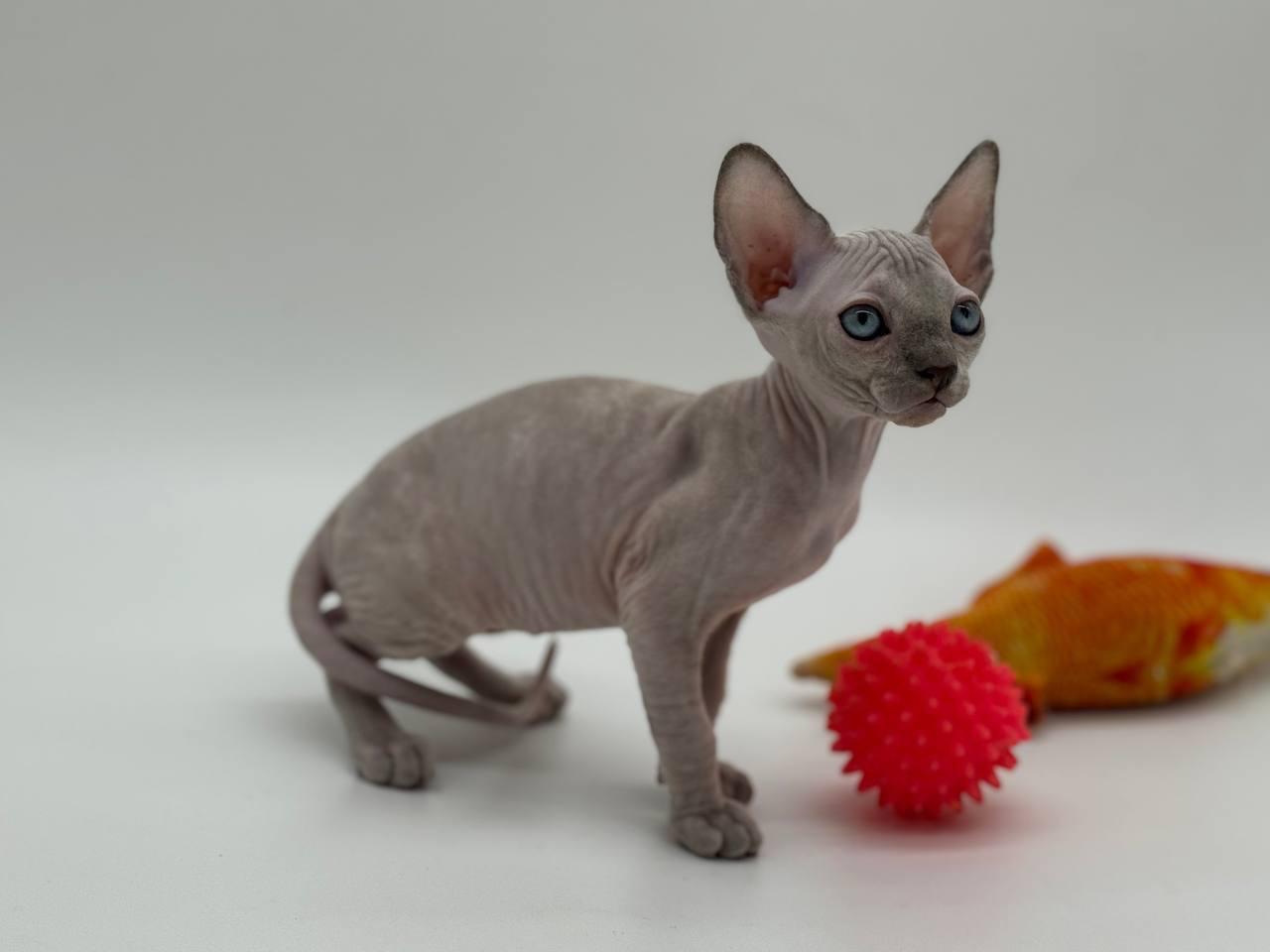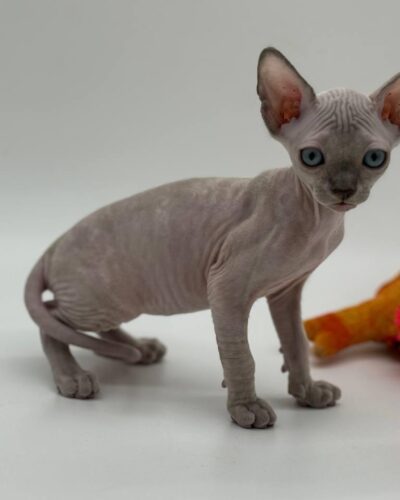Cat Breed - Sphynx

Table of Contents - About the Sphynx Cat Breed
Introduction: Sphynx Cat Breed - A Comprehensive Guide
- Brief Overview
Breed History
- Origins
- Development
- Historical Significance
Physical Characteristics
- Appearance
- Coat and Colors
- Body Structure
Personality and Temperament
- General Disposition
- Interaction with Humans
- Compatibility with Other Pets
Health and Lifespan
- Common Health Issues
- Lifespan
- Preventive Care
Maintaining a healthy diet, ensuring regular exercise, and scheduling routine veterinary visits are crucial for a Sphynx cat’s well-being. Regular skin care is also important to prevent oil buildup and skin infections.
Care Requirements
- Grooming Needs
- Exercise Needs
- Dietary Needs
Training and Socialization
- Trainability
- Socialization Tips
- Behavioral Traits
Living Environment
- Ideal Living Conditions
- Adaptability
Breed Standards
- Official Standards
According to major cat breed organizations like the Cat Fanciers’ Association (CFA) and The International Cat Association (TICA), Sphynx cats should exhibit a well-balanced, muscular body with a distinctive hairless appearance. The eyes should be large and lemon-shaped, and the ears should be prominent and wide at the base.
Head: The head should be a modified wedge with prominent cheekbones and a strong, rounded muzzle. The skull is slightly rounded with a flat plane in front of the ears. The nose is straight with a slight break at the bridge.
Ears: The ears are large, wide at the base, and open. They should be set well apart and upright, contributing to the breed’s alert appearance.
Body: The body is medium to large, muscular, and substantial with a broad chest and well-rounded abdomen. The legs are proportionate to the body, with sturdy boning.
Tail: The tail is long, slender, and whippy, often described as a rat-like tail. It should be flexible and proportionate to the body length.
Coat: Sphynx cats are hairless, with a fine down on their skin that gives a suede-like feel. They may have whiskers and eyebrows, which can be sparse or broken.
Colors: Sphynx cats come in a wide range of colors and patterns, including solid, tabby, bicolor, and more. All colors and patterns are acceptable, as they reflect the color of their skin.
- Show Characteristics
Interesting Facts
- Fun Facts
- Sphynx cats are often referred to as “naked” cats due to their lack of fur.
- Despite their hairlessness, Sphynx cats are known for their warm, suede-like skin.
- They are one of the most affectionate and people-oriented cat breeds.
- Famous Cats
One of the most famous Sphynx cats is Mr. Bigglesworth from the “Austin Powers” movies.
Sphynx cats have also gained popularity through social media, with several Sphynx “influencers” amassing large followings due to their unique appearance and charming personalities.
What are you waiting for? get your own Sphynx kitty.
Click the button below to discover our Sphynx Kittens for sale!

